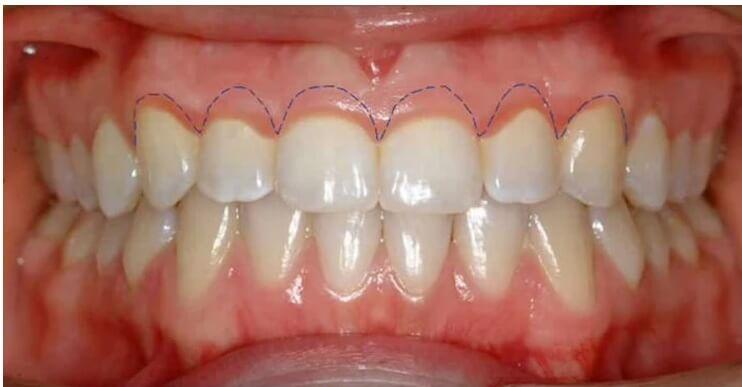
SURGICAL INTERVENTIONS IN DENTISTRY
How is a tooth extracted? Is tooth extraction a difficult and painful procedure?
Tooth extractions are grouped as normal tooth extraction, complicated tooth extraction and impacted tooth extraction. Normal tooth extraction is the one, which is easier and do not need lifting soft or hard tissues, performed when there is no fracture of tooth or bone, the tooth has less and conic roots or the tooth is loose. When sufficient numbness is ensured, no pain is felt. Usually, there is no need to use antibiotics after the procedure. It does not cause swelling or bruise. Complicated tooth extraction is more difficult than the normal tooth extraction. Usually, soft or hard tissue needs to be moved. The teeth may have many roots of fracture on the root. Again, when sufficient numbness is ensured, no pain is felt. Usually, antibiotics are not prescribed after the procedure but our dentist may decide on this depending on the complication of the tooth extraction. Impacted tooth extraction is performed in the operating room under local anesthesia. However, extra care is paid to sterilization. This is because the tooth is buried in the palate and therefore, the tooth must be extracted by opening the palate. The risk of infection is high. The procedure starts with narcotizing. When sufficient numbness is ensured, first soft tissue is cut and then bone tissue is scraped to expose the tooth. The soft tissue is stitched after pulling the tooth. Your dentist will prescribe antibiotics after the procedure and recommend some dental care at the same time. If you follow these recommendations carefully, a good recovery will be provided. In some cases, bruising, swelling and pain may occur but this will get better with the medication.
What is the apical resection treatment? Why is it administered?
Apical resection is a surgical treatment method used for cleaning an infection in the bone at the root end of the tooth. In cases, where root end infections occur due to decay, filling, root canal therapy or trauma, the root end is opened from the palate in the operating room. A part of the root end is cut. The inflammation is cleaned and the treatment is finished by closing with a therapeutic, tissue-compatible material. It is a treatment for preventing the inflammation to spread to the surrounding tissues, to create abscess, swell the face and constitute a source of pain.
What are graft surgeries and bone power, how are they made?
A graft surgery is addition of bone powder to the bone for new bone formation. Especially, it is applied in the implant interventions due to lack of sufficient bone width and height to place the implant. By adding bone powder to the region of the implant, bone growth and addition of new bone are ensured. Bone powder is called graft. The procedure is called grafting.
What is sinus lifting?
There are natural cavities that we call sinuses in the bone parallel to the sidewall of the nose on the back molars in the upper jawbone. The sinuses have tasks such as balancing, head pressure, volume and weight. After our back molars are extracted, bases of the sinuses gradually move and can closely neighbor the palate, i.e. move downwards and the jawbone, palate sort of forms their base. When it is desired to place implants in these regions, there will not be enough height and width of the bone or when pacing the implant, the sinus may open and the implant may go into the sinus. To prevent such cases, sinus lifting is performed and again by using the bone powder, thickness of the palate is increased to the level sufficient to place the implant.
What is gingivectomy (gum shaping) and to whom it is applied?
Gingivectomy means shaping and correcting the gingiva by cutting. In the presence of people with chronic gum growth, growing gum despite the plaque cleaning, gum growth in the region planned for the denture, the gum creating problems in planning, the gums visible when smiled and do not look nice, such gums are shaped by cutting with a specially designed knife. Gingivectomy ensures design of the smiling line and makes smiling beautiful.
What is a flap operation in the tartar cleaning?
Dental calculus, i.e. tartar may accumulate around the roots in some cases. To clean the root surface, pick the tartars and clean the inflammation in the gum a flap operation is made. In the flap operation, the gum covering the root surface is cut and lifted, and the root surface is cleaned. Then, the gum is put back on the root surface and stitched. Thus, advanced gingival inflammation, gum recession and loss of tooth are prevented.